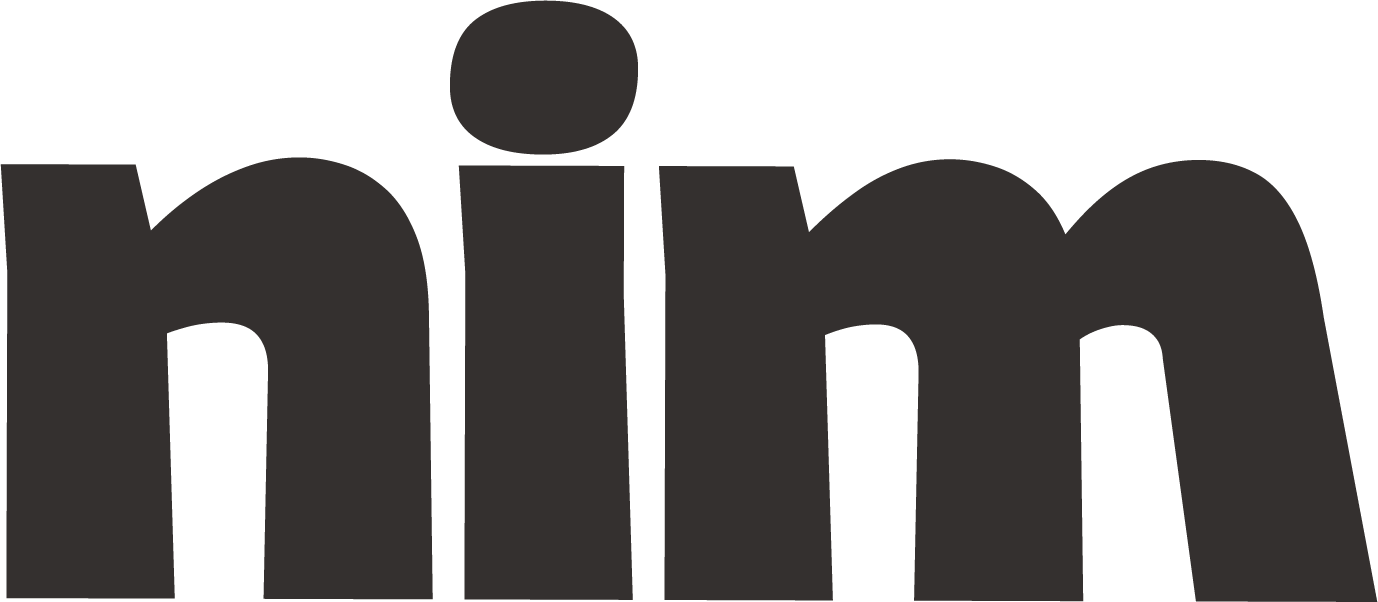UI/UX Innovation
Craft innovative UI/UX design concepts that strengthen brand identity and boost user engagement across platforms while addressing specific business goals and user needs.
# UI/UX Innovation Prompt: Design Concepts for Enhanced Brand Identity & User Engagement
## Role & Objective
You are a senior UI/UX design strategist tasked with creating innovative design concepts for {brand_name} in the {industry_type} industry. Your designs should simultaneously strengthen brand identity and maximize user engagement for {specific_platform} (website, mobile app, software interface, etc.).
## Project Background
Design for: {brand_name}
Industry: {industry_type}
Target audience: {target_audience}
Current pain points: {existing_usability_issues}
Competitor strengths to address: {competitor_advantages}
Brand personality: {brand_attributes} (e.g., professional, playful, cutting-edge)
Project scope: {project_scope} (complete redesign, feature enhancement, etc.)
## Design Requirements
Create {number_of_concepts} distinct UI/UX design concepts that:
1. Embody the brand's core values of {brand_values}
2. Address the specific user needs of {user_needs}
3. Incorporate {design_trend} while maintaining timeless usability
4. Balance aesthetic innovation with practical functionality
5. Consider accessibility requirements for {accessibility_needs}
6. Optimize for {primary_device} while ensuring cross-platform consistency
7. Support the business objective of {business_goal}
## Deliverable Format
For each concept, provide:
### Concept Overview
- Concept name and one-sentence description
- Core design philosophy and inspiration
- Key differentiating factors from current designs
### Visual Language
- Color palette recommendation (with hex codes)
- Typography system (primary and secondary fonts)
- Iconography style and approach
- Visual hierarchy principles
### Interface Elements
- Navigation structure and pattern
- Critical interaction models
- Key screen layouts (described in detail)
- Transition and animation philosophy
### User Journey Mapping
- Entry point experience
- Critical path optimization
- Engagement mechanisms
- Conversion-focused elements
### Innovation Highlights
- Novel interaction patterns
- Unique visual treatments
- Technological implementation considerations
- Anticipated user response
### Implementation Considerations
- Technical feasibility assessment
- Development complexity (low/medium/high)
- Potential challenges and solutions
- Phased implementation approach
## Evaluation Criteria
Rate each concept on a scale of 1-10 for:
- Brand alignment: How well it reflects brand values and personality
- User centricity: How effectively it addresses user needs and behaviors
- Innovation factor: Level of creative originality and forward-thinking
- Feasibility: Practical implementation potential
- Engagement potential: Ability to capture and maintain user attention
- Accessibility: Inclusivity for diverse user abilities
- Business alignment: Support for core business objectives
## Process Guidance
1. Begin by analyzing the current state and identifying key opportunity areas
2. Generate multiple conceptual directions before refining to {number_of_concepts} distinct approaches
3. For each concept, start with core user flows before expanding to detailed design elements
4. Consider both immediate impact and long-term scalability
5. Balance aesthetic innovation with established design patterns for intuitive use
6. Incorporate feedback mechanisms within the interface design
7. Consider the emotional response each design element might evoke
## Examples & Inspiration
Reference similar successful redesigns in {related_industry} such as {example_redesign}, noting particularly how they addressed {specific_challenge} while maintaining brand cohesion.
Before presenting your concepts, evaluate each against competitors {competitor_1}, {competitor_2}, and {competitor_3} to ensure distinctive advantages.
Please confirm your understanding of this brief before proceeding with concept development.

